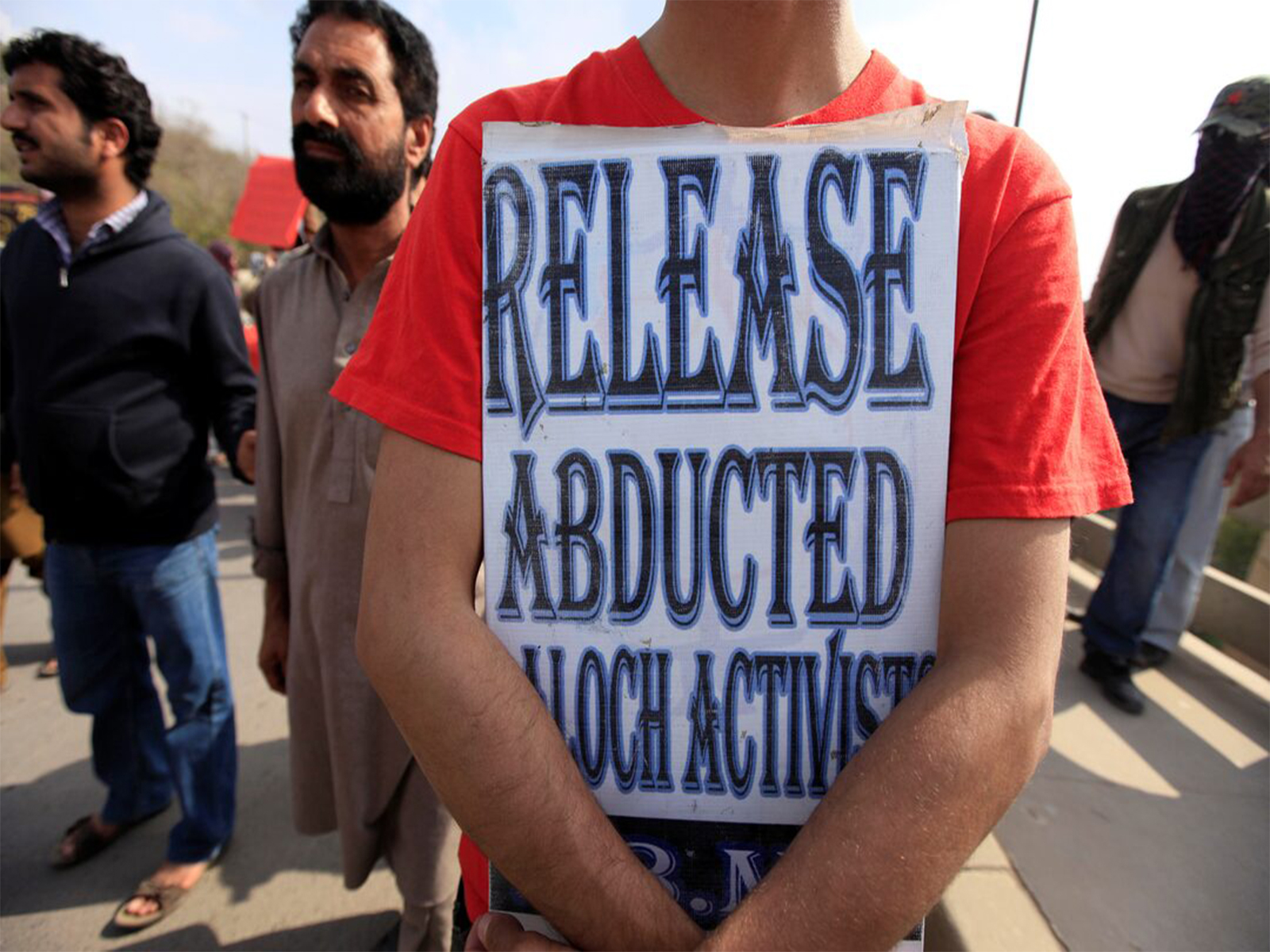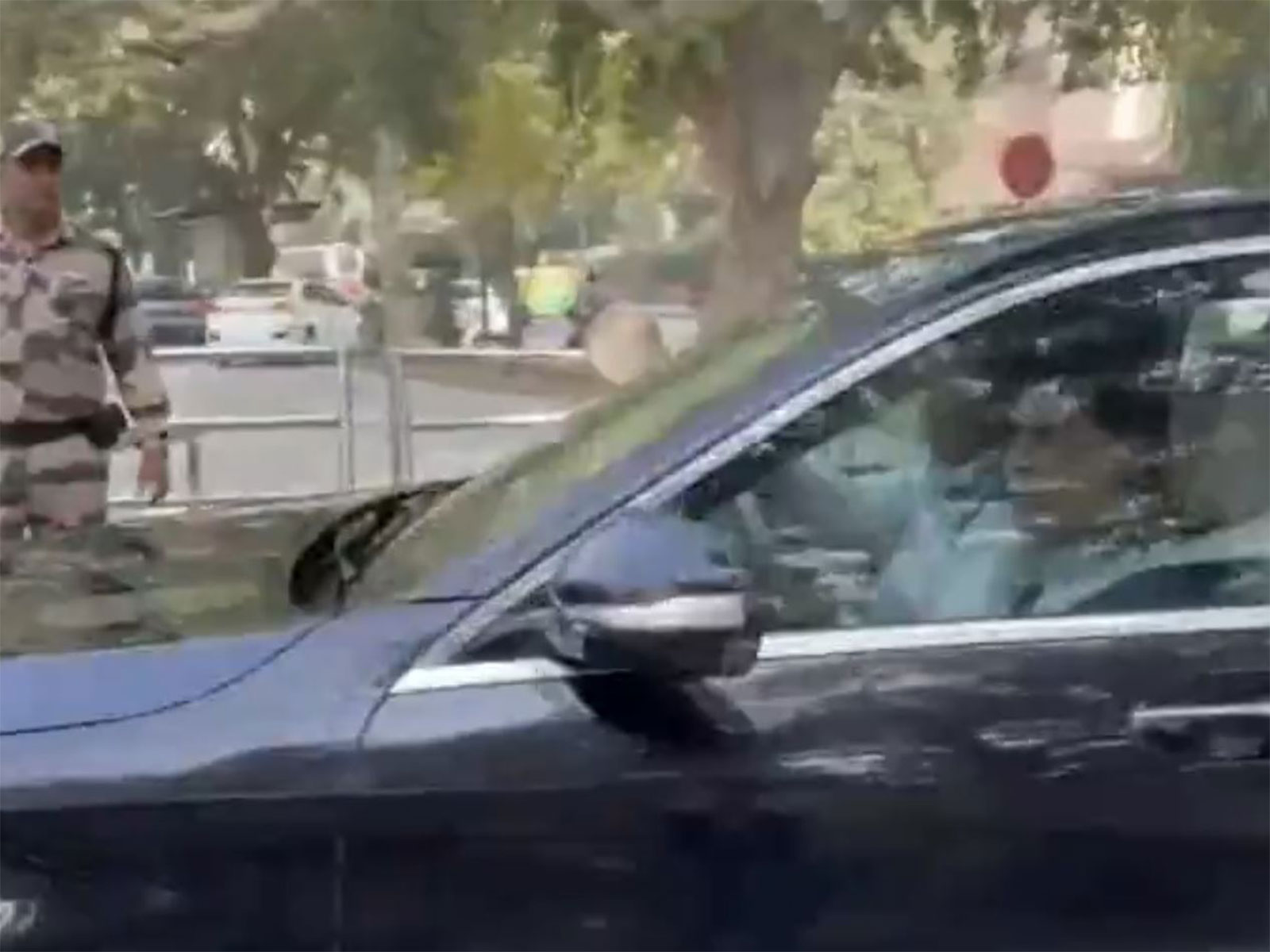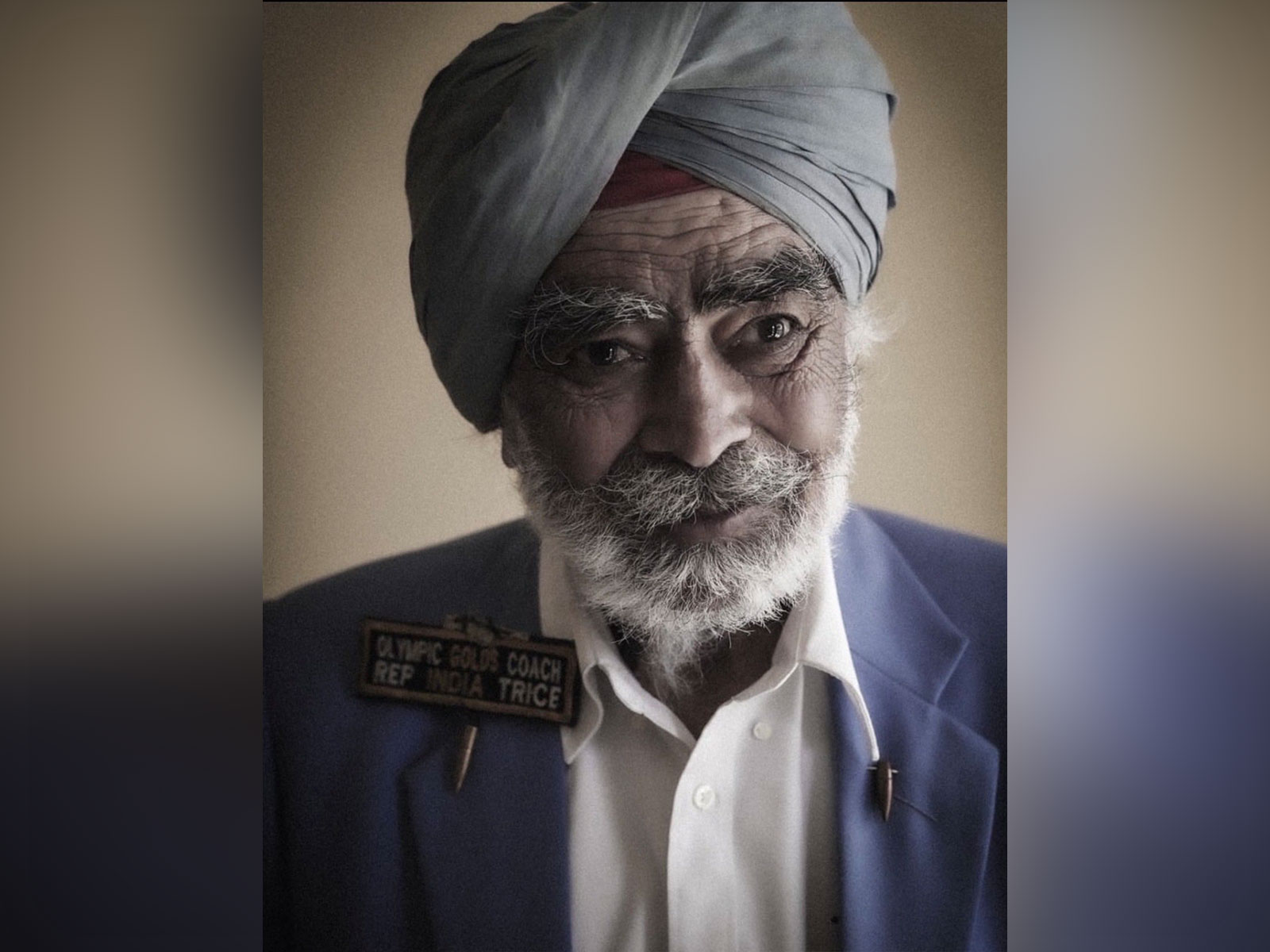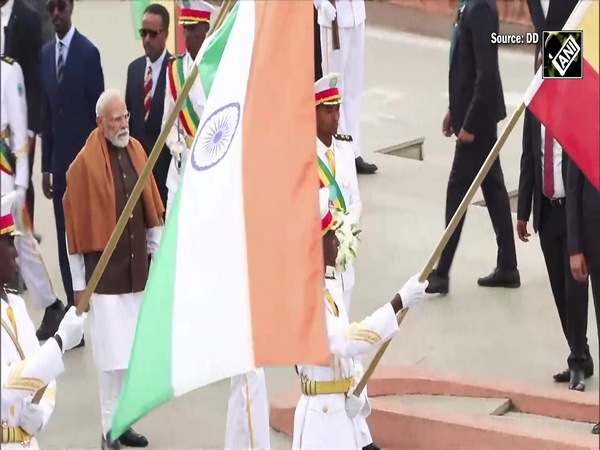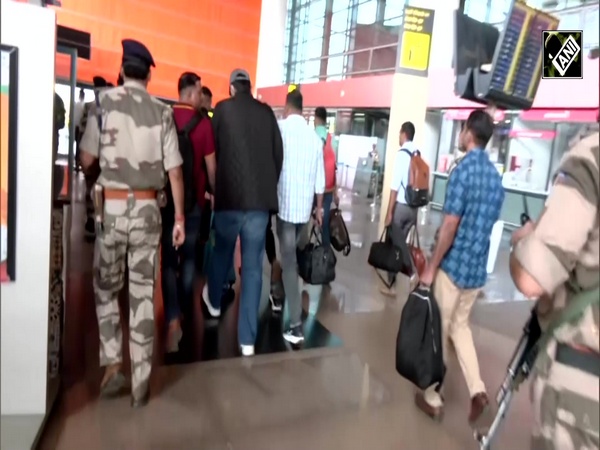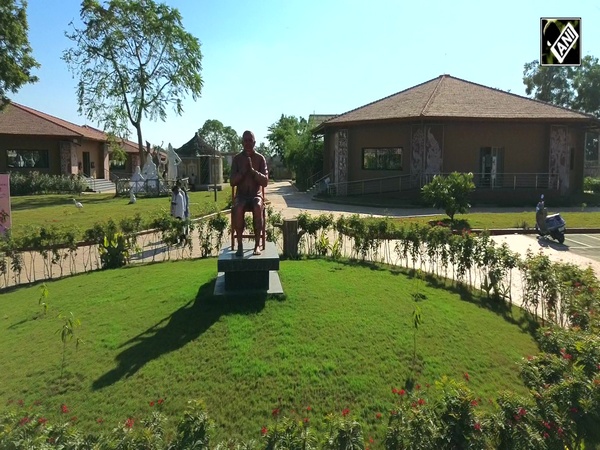US report lifts a lid on PLA fighting status
Sep 06, 2021

Hong Kong, September 6 : China possesses the world's largest military, but in many ways the People's Liberation Army (PLA) remains an opaque and enigmatic force. However, some of the aura of the PLA has recently been revealed in a new unclassified document published by the Headquarters, US Army Department.
The world only knows about the PLA what the paranoid Chinese Communist Party (CCP) carefully reveals. Part of that orchestrated narrative is that the PLA is a modern force for good, and that its rise is inexorable and irresistible. A number of China's neighbors, such as the Philippines, have already fallen for that portrayal.
Importantly, the US Army released its "Chinese Tactics" document, coded ATP 7-100.3, last month. This comprehensive 252-page report assesses the structure, tactics, capability and limitations of the PLA in minute detail. The document is designed for US Army training, professional education and leader development, but anyone interested in the PLA's capabilities, or charged with countering Chinese aggression, will find the nuts and bolts in the report extremely useful.
In its preamble, ATP 7-100.3 noted: "Territorial disputes across the Western Pacific and East Asia, aggressive cyber activities, uncooperative diplomacy, questionable trade practices and a horrendous human rights record all undermine the Chinese goal of being seen as a benevolent superpower.
Activities that China views as fundamentally defensive - such as the establishment of artificial island airbases in the South China Sea - are seen as aggressive and provocative by virtually every other party in the region." The report examines only the ground forces of the PLA, so those interested in the PLA Air Force (PLAAF), PLA Navy (PLAN) and PLA Rocket Force will have to look elsewhere.
ANI has read through the report, and perhaps one of the most interesting aspects is the assessment of PLA capabilities as found in the appendices. Without getting ANI readers bogged down in the minutiae of Chinese military structures, task organizations and equipment, these appendices give the US Army's unclassified assessment of what one day may be its opponent.
The appendices are given in the following order: maneuver forces; fire support; air defense; aviation; engineer and chemical defense; networks and communications; and special operations. The conclusions of each area are summarized below.
Beginning with the first appendix, the PLA's maneuver capabilities rest primarily in the ground force's 73 combined-arms brigades, supported by PLAAF airborne units and the PLAN's Marine Corps. While the PLA is undergoing unprecedented investment and modernization, "significant but decreasing numbers of older systems are expected to be fielded throughout frontline formations through 2035".
Whereas the US Army has relatively homogenous formations and equipment, the PLA has a wide variety of vehicles and equipment. Combined-arms brigades with more critical missions are prioritized for newer equipment, while their discarded material tends to be gradually handed down to less important commands. In recent months, for example, the Xinjiang Military District has benefited from a lot of new equipment as the CCP prioritizes that theater in response to Indian resistance in Eastern Ladakh.
Chinese combined-arms brigades are of three types: light (motorized), medium (mechanized) and heavy (armored). As well as these brigades, the PLA has approximately 18 reserve and militia divisions, though their readiness levels are considerably lower. The US Army assessed, "In just over 20 years, the PLA's maneuver capabilities evolved from a force mixture of light infantry conscripts and obsolete tanks to a nearly fully motorized and mechanized force that employs a variety of cutting-edge armored vehicles and advanced guided munitions."
Indeed, that is the picture the CCP paints for the world, but it is incomplete. As the report stated: "A significant number of combined-arms brigades are still equipped with older systems, and they are likely to remain so for the foreseeable future. So too has the movement towards professionalization within the maneuver force produced mixed results. While the quality of both recruits and non-commissioned officers has increased significantly, the PLA still struggles with decentralizing planning and operations at lower tactical echelons. The maneuver force has also struggled with the complexities of the informationized battlefield and modern mechanized forces. The technical demands of the informationized soldier are far greater than for conscripts of past generations, and the maintenance and logistics demands of mechanized forces are much greater than those of light infantry forces."
Perhaps the most significant step forward for PLA ground forces has been their expeditionary capabilities, principally in the form of the PLAN Marine Corps. "Despite these efforts, the PLA still cannot deploy or sustain a heavy mechanized force outside of shared land borders and its territorial waters, limiting the combat power of an expeditionary force."
Despite reforms and greater emphasis on independent action, PLA units "still struggle with independent action. Small-unit leaders are afraid to make decisions due to a zero-tolerance culture, and officers remain hesitant to empower subordinates lest they underperform and thus reflect poorly on the officer." This is an important cultural mindset in the Chinese military, and with such a centralized hierarchal power structure with Chairman Xi Jinping at its head, it is difficult to see how the PLA can turn this around.
Nonetheless, "The Chinese soldier is tough, physically fit and deeply loyal to the country and the CCP." This is despite markedly varying quality of training. Whereas some units receive substantial resources and may get to train against a dedicated professional opposing force, other units struggle to even get enough bullets for regular marksmanship practice.
There are lapses or bloopers in this report too. For example, it ascribes psychological warfare as the reason why the PLA employs political officers. In fact, as Professor Anne-Marie Brady of Canterbury University, New Zealand points out, "The PLA is the CCP's military; indoctrination of troops is a core task." Brady highlighted that the report did not recognize the army's role within this CCP ecosystem.
"Chinese Tactics" next appendix addressed fire support, i.e. artillery. Incidentally, the PLA appears ready to roll out its newest and heaviest self-propelled howitzer (SPH), the PLZ-05B that boasts a 155mm gun. Photos of these SPHs on truck transporters, along with accompanying ammunition resupply vehicles, has been circulating on the Chinese internet.
The PLZ-05B uses a chassis consisting of seven road wheels per side, indicating it is a larger and heavier vehicle than preceding members of the PLZ-05 SPH family. The more spacious interior contains an estimated 60 rounds of 155mm ammunition, compared to just 30 in the PLZ-05. Eventually, every artillery brigade will receive this new SPH.
This newest artillery piece is emblematic of the PLA's modernization. The US Army Headquarters said, "No other capability area within the PLA has received greater emphasis during the recent period of reform than fire support. In just over two decades, PLA fire support evolved from a collection of aging Soviet-derived equipment to a largely indigenous, sophisticated, widely varied and numerous collection of gun and rocket systems."
A Chinese artillery brigade contains both tube and rocket artillery, typically 72 and 40 units respectively. "These systems give the group army a significant advantage in both range and firepower over equivalent Western formations." Furthermore, "The density and destructive firepower of reinforcing fires is strongly in the PLA's favor."
Examples of other new artillery systems, increasingly appearing in Tibet and Xinjiang, are the PCL-161 4x4 122mm and PCL-181 6x6 155mm truck-mounted howitzers. Such wheeled systems are better suited to the mountainous terrain there. Moving on to the next appendix, ground-based air defense is found throughout PLA ground units "to offset shortfalls in joint airpower". Mass and depth are key for Chinese air defense, with maneuver units protected by a layered network ranging from cannons through short-range, medium-range and long-range surface-to-air missiles (SAM), the latter owned by the PLAAF.
Short-range systems are "relatively primitive and lack capability against modern air threats," but this is partially made up for by their density across the battlefield. Indeed, no other modern military fields the quantity of gun-based air defense systems that China does. Medium- and long-range SAMs are "significantly more lethal, capable of standing off against advanced air threats at any altitude".
ATP 7-100.3 next addresses aviation, but the PLA ground force has a "very low density of rotary-wing systems compared to other first-order militaries". For example, the US Army has a per capita density of helicopters eight times that of China. This has been changing thanks to heavy investment in recent years, with PLA aviation brigades equipped with a range of helicopter types now present in every group army (e.g. the Z-20 utility, Z-8L wide-body transport and Z-10 attack helicopters).
The US assessed of army aviation, "Its primary limitation is the low density of systems and limited maintenance and sustainment resources, especially at lower tactical echelons. The PLA has enthusiastically pursued an air assault capability and, though it is still developing, this investment will likely continue." Another question mark is how effectively ground forces can integrate with attack helicopters.
Next for review is the PLA's engineer and chemical defense capabilities. The US Army believes Chinese combat engineers "are further along in their modernization timeline than several other Chinese capability sets. Modernized equipment and evolved tactics have been in place for several years, and frontline engineer units have conducted extensive training exercises using all aspects of these updated capabilities," such as obstacle breaching, mine-clearing and fortification construction.
Perhaps their biggest limitation is tactical mobility and sustainment, simply because they reply on heavy tracked systems that cannot move long distances under their own steam. They also require a lot of fuel and maintenance. "The relatively low density of PLA logistics and armament troops may struggle to sustain heavy armored forces over long distances or for an extended period of time. This issue is further compounded by maneuver forces likely having a higher priority for sustainment assets than engineer forces."
China prides itself on its efforts to become an informationized force, and this area of networks and communications is addressed next in ATP 7-100.3. This informationization process still has some way to go, though. "The expansion of modern communications capabilities to lower echelons has been challenging ... The PLA is still developing a modern radio network...and it will inevitably run into significant roadblocks as its forces are modernized. These roadblocks will likely include everything from dealing with frequency management issues in a contested electronic environment to a lack of batteries at lower tactical echelons."
There are also shortfalls in satellite, long-range and non-line-of-sight communications technologies, something that would hobble the PLA on an expeditionary mission. Additionally, its joint data network - similar to Link 16 data-links in the USA - is still in its infancy, and "is likely many years away from being useful in combat".
Importantly, "Integration between land, air, and naval assets is poor to non-existent - a major limitation in achieving an integrated joint force." Advanced equipment such as troposcatter radios are not fielded by tactical echelons, and so communications between tactical units over long distances would be a challenge.
The final appendix examines special operations forces (SOF), the best-trained of any Chinese ground units. Each group army has an SOF brigade tailored to its region, though each focuses on conventional military operations such as special reconnaissance, sabotage, raids, deep targeting and search and rescue.
The report indicated "there are no PLA SOF units specially designed or equipped for long-distance expeditionary operations". Indeed, "Outside of operations in and around Chinese border areas and territorial waters, PLA SOF are generally domestically
oriented." As the PLA becomes more expeditionary, however, Chinese SOF units may begin to conduct foreign internal defense or unconventional warfare missions.
"In general, it is likely that the Chinese government will prioritize the continued development of its SOF units, as these capabilities provide greater flexibility and deployability than heavy conventional forces, enabling greater force projection and
providing a wider range of military and non-military options to political leaders."
Coming as it does from the US military, "Chinese Tactics" is authoritative. It gives insights into the current state and limitations of the PLA, and no doubt its content will be assimilated by the US Army to better rehearse for a war that one day might be fought between the world's two mightiest strategic competitors.
